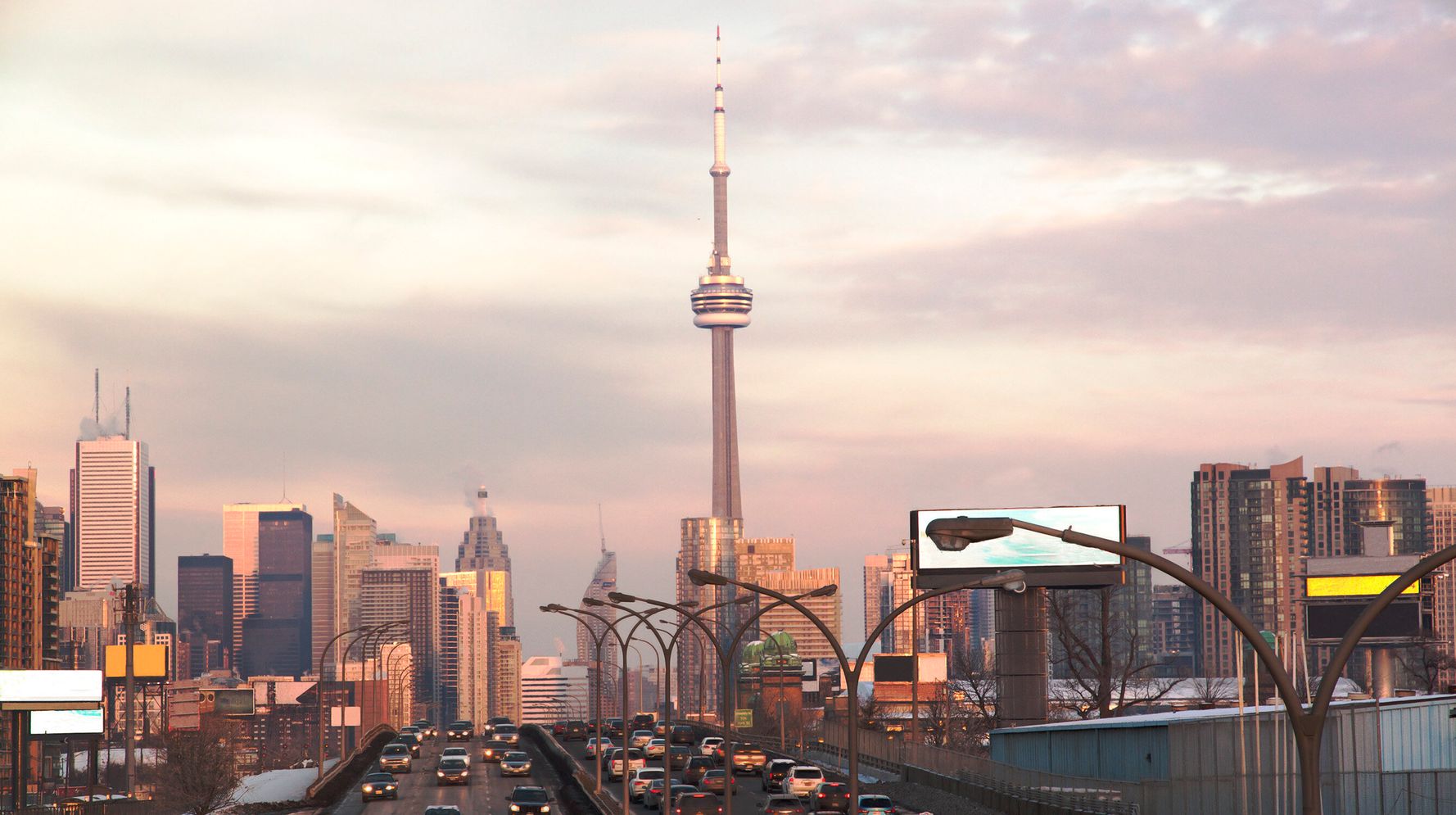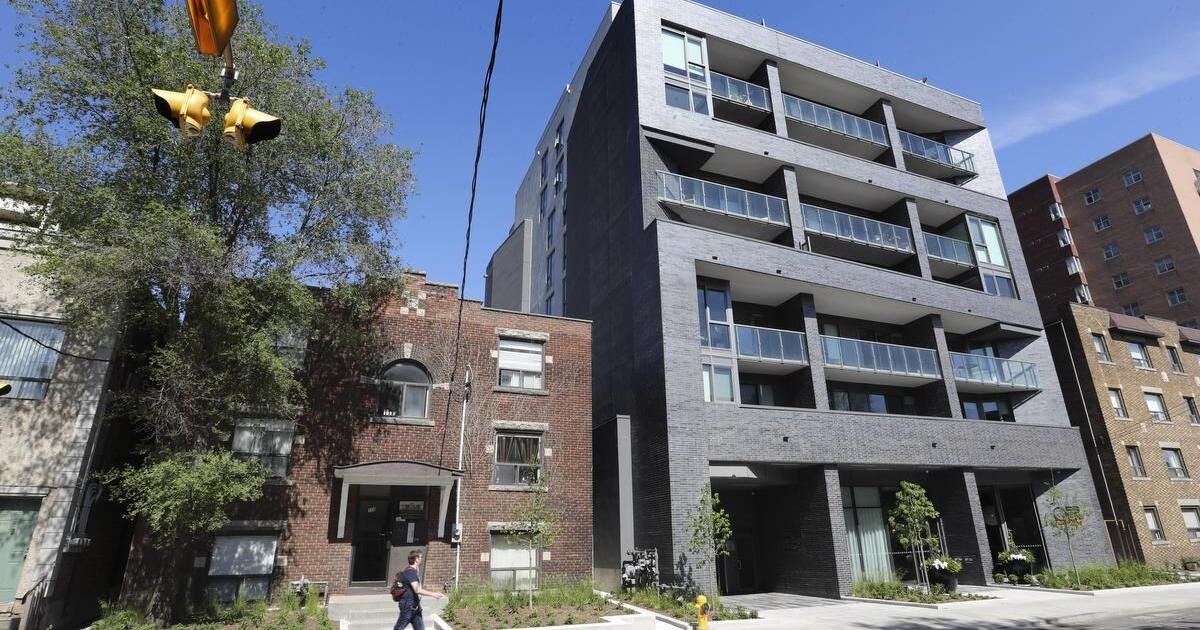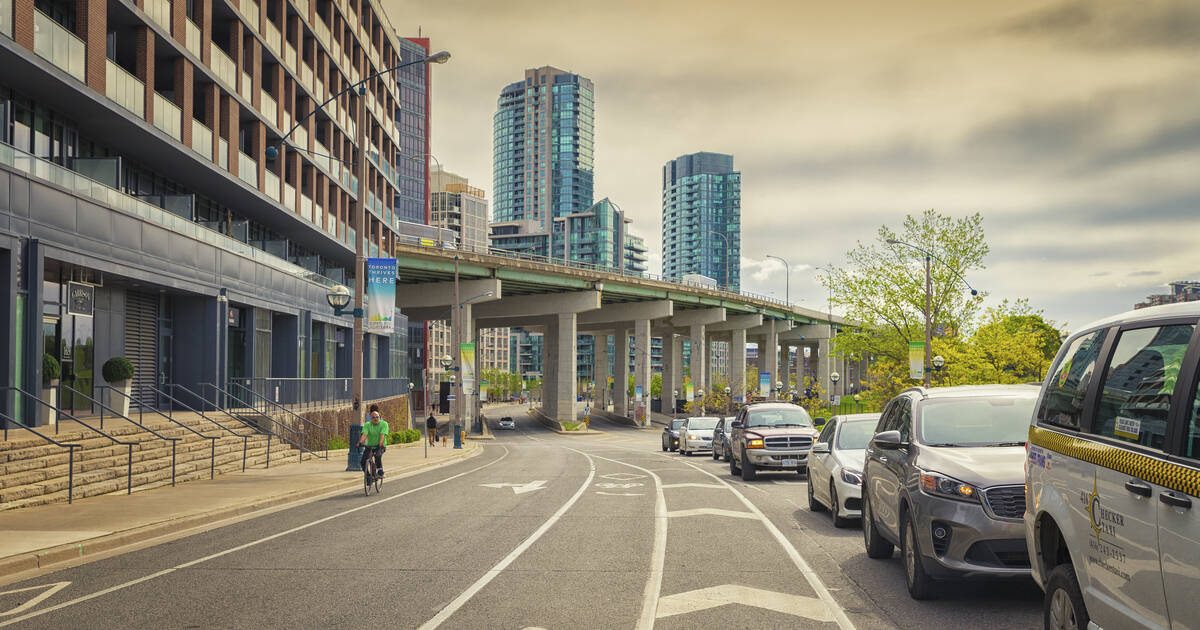It now costs an average of $2,735 to rent a two-bedroom home, apartment or condo in Toronto,
according to the report — up just a tick over what we saw in May.
Vancouver, meanwhile, saw two-bedroom rental prices dip by more than 7 per cent month over month, down to an average of just $2,709, making the notoriously-pricey west coast city cheaper than Toronto in terms of rentals across the board.
A one-bedroom unit in Toronto is now going for $2,231 per month, on average, based on an analysis of listings from Rentals.ca.





/https://www.thestar.com/content/dam/thestar/news/gta/2019/02/26/rental-demand-leading-to-alarming-shortage-of-up-to-10000-units-a-year-landlord-group-says/toronto_construction.jpg)
/https://www.thestar.com/content/dam/thestar/news/investigations/2019/04/22/rise-of-ghost-hotels-casts-pall-over-toronto-rental-market/rpjicecondo007.jpg)




